Here's how people judge you based on your face
We assume more attractive people rate higher in other positive traits, too, perceiving them as more competent, intelligent, trustworthy, and more.

We associate baby-faced appearance with physical weakness, naïvety, submissiveness, honestness, kindness, and warmth. Baby-faced appearance includes relatively larger eyes, a rounder face, a larger ratio of cranium to chin.
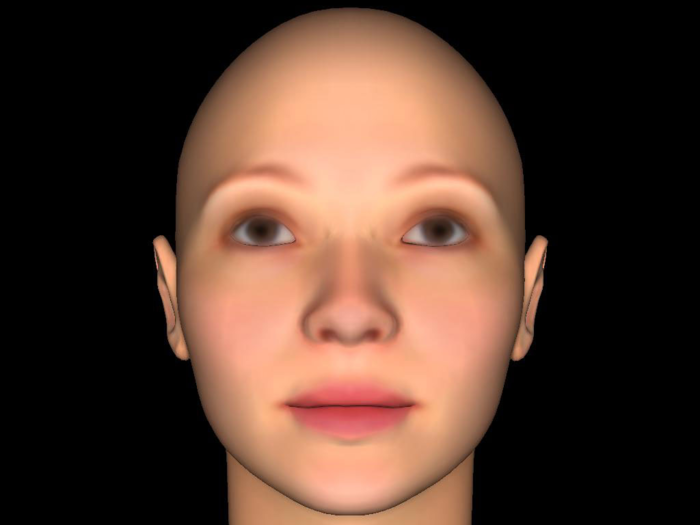
Source: research overview in Zebrowitz, Leslie 2011, “Ecological and Social Approaches to Face Perception” in “Oxford Handbook of Face Perception,” 40
Yes, women tend to have more baby-faced qualities than men.
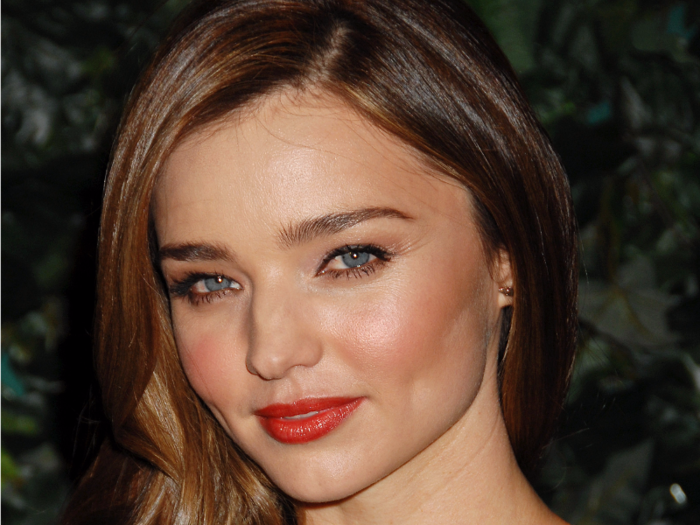
Source: research overview in Zebrowitz 2011,” 38
Neutral faces often resemble emotional expressions. Angry faces are perceived as less likable and trustworthy and more powerful, hostile, and threatening, while the opposite is true for happy faces.
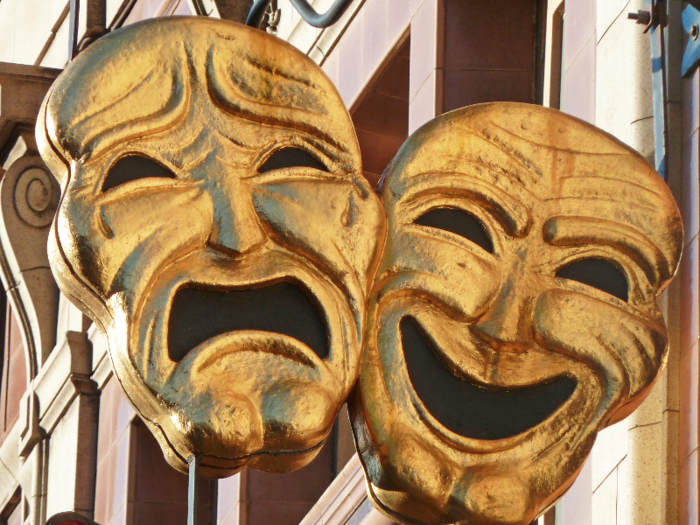
Source: research overview in Zebrowitz 2011, 36
Todorov’s lab modeled perceived traits by having US college students evaluate computer-generated faces. To avoid getting into questions of race, the study used only white faces.
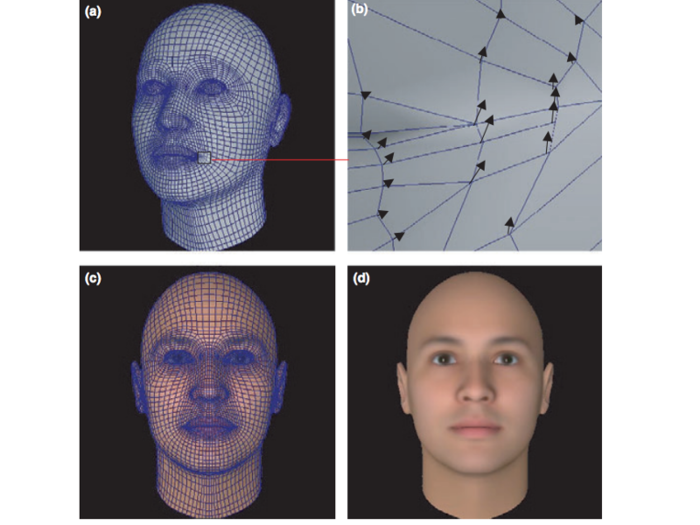
Perceived competence increases from left to right in the faces below. Associated traits include darker skin — in this case a factor of gender, not race — and attractiveness.
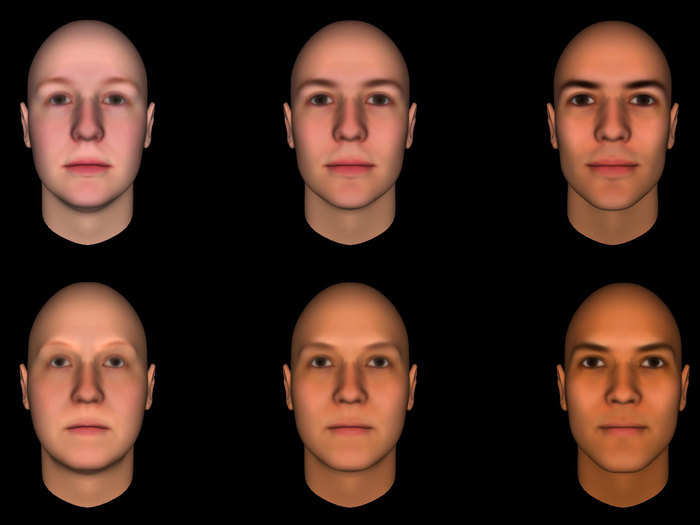
Source: Todorov Lab
Perceived dominance increases from left to right. Associated traits include include darker skin and masculine features.
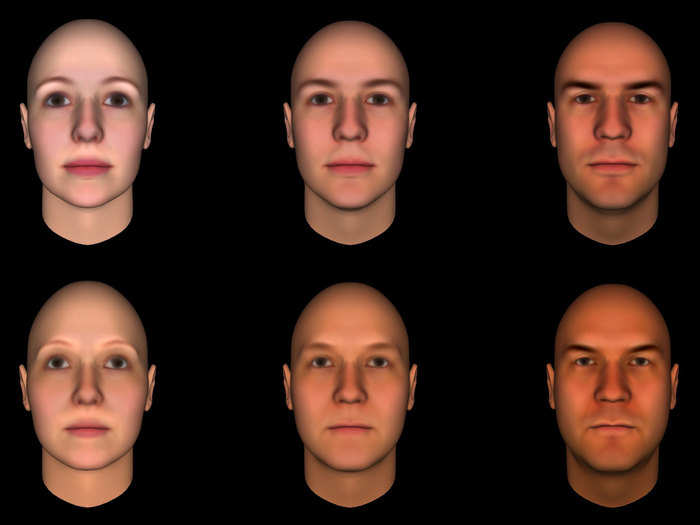
Source: Todorov Lab
Perceived extraversion increases from left to right. Associated traits include face width and resemblance to a smile.
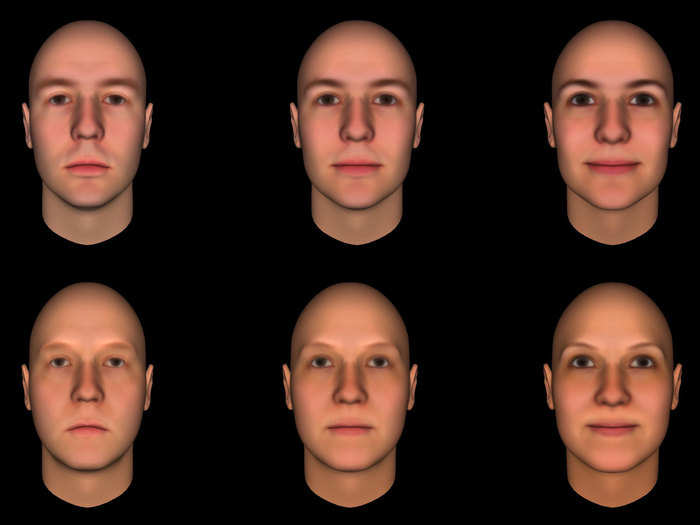
Source: Todorov Lab
Perceived likability increases from left to right. Associated traits include attractiveness and resemblance to a smile.
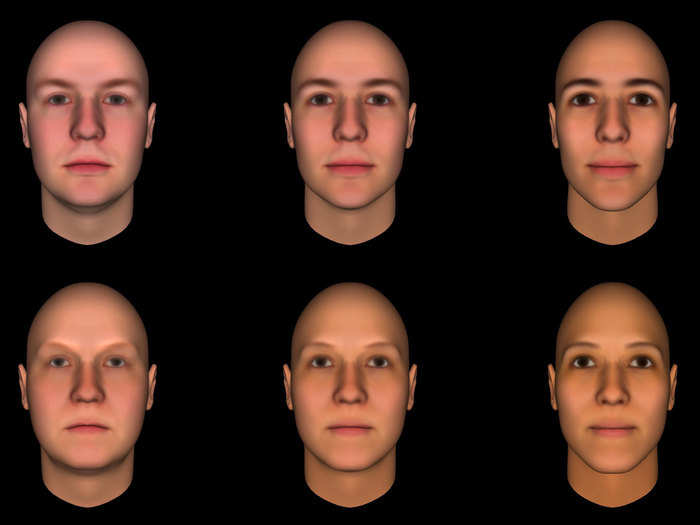
Source: Todorov Lab
Perceived threat increases from left to right. Associated traits include masculine features and resemblance to an angry expression.
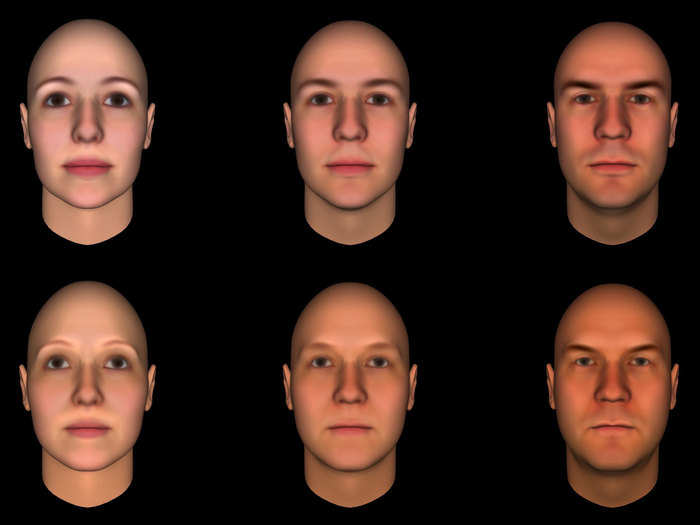
Source: Todorov Lab
Perceived trustworthiness increases from left to right. Associated traits include feminine features and resemblance to a smile.
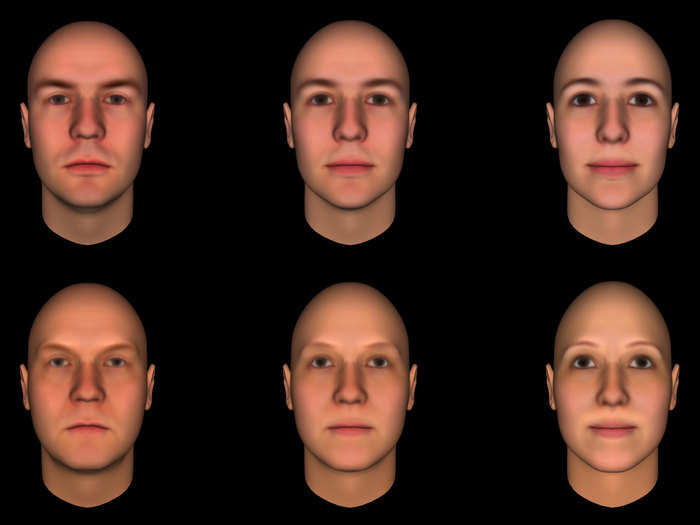
Source: Todorov Lab
You can see how one face can be made to look more or less neurotic, extraverted, and more in the images below from a study by Mirella Walker and Thomas Vetter at the University of Basel.
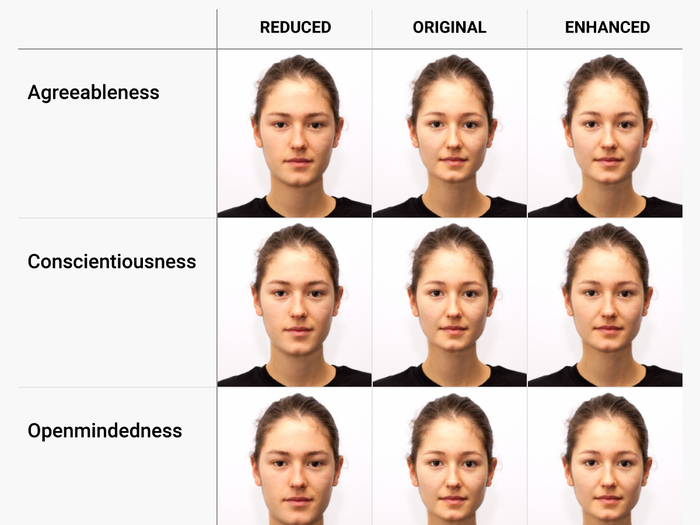
Source: Walker, Mirella and Thomas Vetter 2016, “Faced with exclusion: Perceived facial warmth and competence influence moral judgments of social exclusion” in “Journal of Personality and Social Psychology”
Another type of facial bias: more typical faces are viewed as more trustworthy. This bias contributes to racism and xenophobia.

Source: research overview in Todorov 2015, 15.9
People also react more positively to faces that resemble their own. This was tested by having people evaluate the trustworthiness of morphed faces containing varying percentages of their own face.

Source: research overview in Todorov 2015, 15.9
Troublingly, people also judge criminality and remorsefulness based on faces, as both Todorov and Walker have shown. Perceived criminality increases from left to right in the top two rows; perceived remorsefulness in the bottom two.
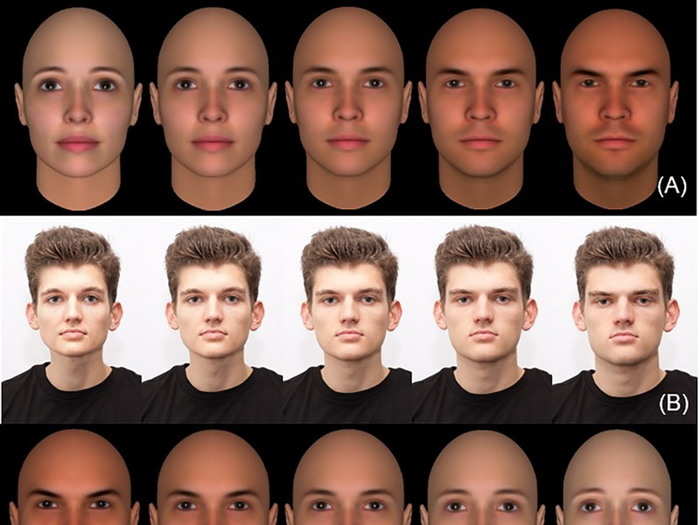
Source: Funk, Friederike, Mirella Walker and Alexander Todorv 2016, "Modeling perceptions of criminality and remorse from faces using a data-driving computational approach" in "Cognition and Emotion"
Studies have shown that facial bias affects who we vote for, date, hire, prosecute, convict, and more.
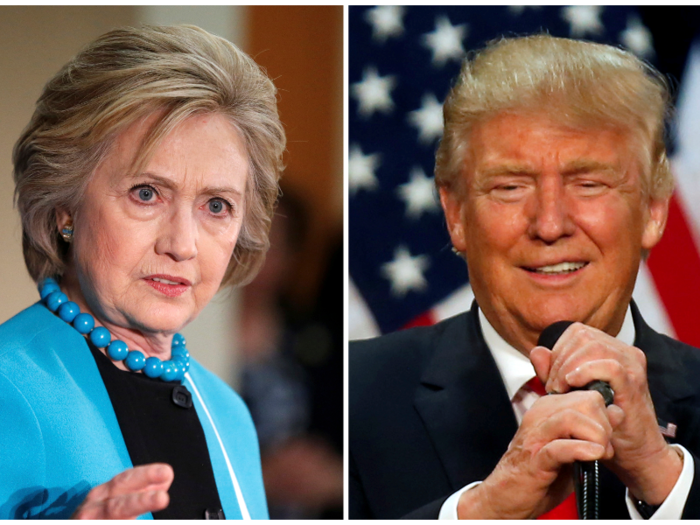
Source: research overview in Todorov 2015, 15.11
What’s wrong with facial bias?
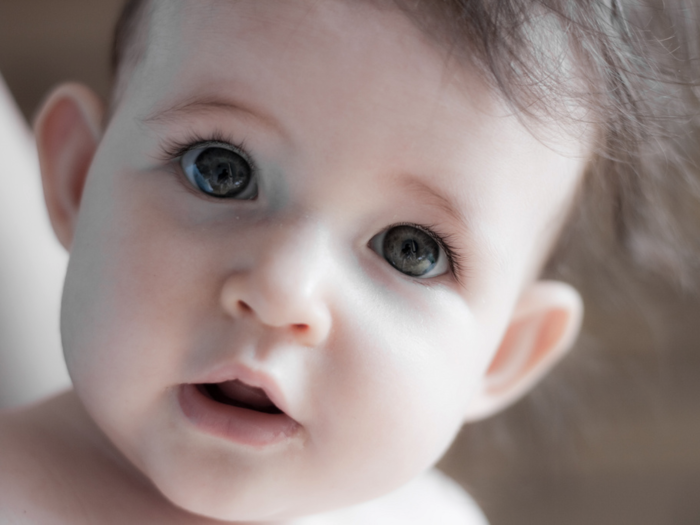
Although the face can give some clues to behavior, Todorov argues that people tend to imagine false insights or overemphasize real ones, when they would be better off consulting other information. Also links between facial morphology and behavior may only be the result of societal bias, where people act a certain way because we expect them do, and facial bias just reenforces these stereotypes.
Popular Right Now
Popular Keywords
Advertisement